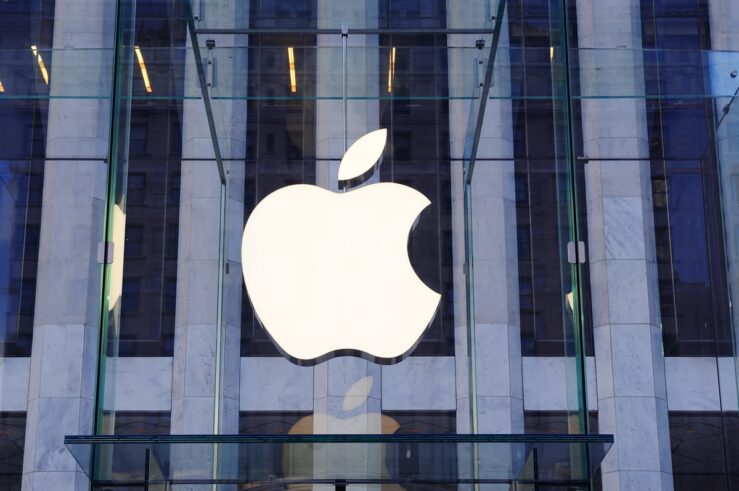Later this year Josh and I have an edited volume with the above title coming out with Cambridge University Press. The list of contributors is phenomenal, including:
- Bob Cooter
- Vincenzo Denicolo
- Richard Epstein
- Luigi Franzoni
- Damien Geradin
- Keith Hylton
- Marco Iansiti
- Scott Kieff
- Bruce Kobayashi
- Haizhen Lee
- Stan Leibowitz
- Mark Lemley
- Doug Lichtman
- Steve Margolis
- Mike Meurer
- Adam Mossoff
- Greg Richards
- Greg Sidak
- Henry Smith
- Dan Spulber
- David Teece
- Josh Wright
Our introductory essay, available here, discusses the papers and lays out some of our thoughts about what we know (or don’t know) about how to encourage innovation through competition and patent laws. As they say, get it while it’s hot!
The abstract for the introduction:
This essay is the introduction to a forthcoming volume entitled, Regulating Innovation: Competition Policy and Patent Law Under Uncertainty (Cambridge U. Press 2009 forthcoming).
In addition to introducing all of the papers in the volume, this essay introduces the organizing themes of the volume. Innovation is critical to economic growth. While it is well understood that legal institutions play an important role in fostering an environment conducive to innovation and its commercialization, much less is known about the optimal design of specific institutions. Regulatory design decisions, and in particular competition policy and intellectual property regimes, can have profoundly positive or negative consequences for economic growth and welfare. However, the ratio of what is known to unknown with respect to the relationship between innovation, competition, and regulatory policy is staggeringly low. In addition to this uncertainty concerning the relationships between regulation, innovation, and economic growth, the process of innovation itself is not well understood.
The regulation of innovation and the optimal design of legal institutions in this environment of uncertainty are two of the most important policy challenges of the 21st century. Any legal regime must attempt to assess the tradeoffs associated with rules that will affect incentives to innovate, allocative efficiency, competition, and freedom of economic actors to commercialize the fruits of their innovative labors and foster economic growth. Unfortunately, as this essay describes, our tools for assessing these tradeoffs are limited.
Any coherent regulatory framework must take account of the low level of empirical knowledge surrounding the complex relationship between regulation – both through competition policy and patent law – and innovation, and the corresponding uncertainty caused by this absence of knowledge. The relationship between regulation and innovation has posed a significant challenge to antitrust economists at least since Schumpeter’s suggestion that dynamic competition would result in “creative destruction,” leading to a competitive process where one monopolist would replace another sequentially as new entrants developed a superior product.
Interfering in this dynamic process for the sake of static efficiency gains is perilous, but, of course, not impossible. But regulators and policy makers must take (more) seriously the condition of fundamental uncertainty in which they act, and the significant costs of their inevitable errors before justifying interventions on grounds of promoting competition or facilitating innovation.
This essay and the chapters in this book, approach this critical set of problems from an economic perspective, relying on the tools of microeconomics, quantitative analysis, and comparative institutional analysis to explore and begin to provide answers to the myriad challenges facing policymakers. The strength of this analysis—often described as the New Institutional Economic approach—is in its recognition that understanding economic performance requires not only economic modeling of narrow behavior, but also an understanding of that behavior in its legal, economic, social, and political institutional context.
The essay includes a table of contents for the book.




